The Best Socks for Winter Walking, Running, Hiking, and Skiing: Essential Features
Looking for the best socks to keep you warm during winter walks, runs, hikes, or skiing adventures? Imagine having comfort and warmth wrapped around your feet while you conquer the snowy trails. What if we told you that the perfect pair of socks could make all the difference in your outdoor activities this winter? Stay tuned to discover the ultimate socks designed to elevate your cold-weather experiences. Get ready to step into a world of cosiness and performance like never before.
Key Takeaways
- Choose winter socks with moisture-wicking and insulation properties to keep your feet dry and warm during outdoor activities.
- Opt for materials like merino wool or synthetic blends for winter socks as they offer excellent warmth and moisture management.
- Consider socks with compression for improved circulation and cushioning for extra comfort during winter walks, runs, hikes, or skiing.
- Depending on the activity and conditions, decide between waterproof socks for wet environments or non-waterproof socks for breathability.
- Select the appropriate sock length based on your winter activity to ensure comfort, protection, and warmth for your feet.
- The best socks for winter walking prioritise cushioning and breathability, such as merino wool options, to keep your feet comfortable and dry.
Essential Features for Winter Socks
Moisture-Wicking Properties
Winter socks with moisture-wicking capabilities are crucial to keep your feet dry and warm during outdoor activities. They efficiently draw moisture away from the skin, preventing discomfort and potential frostbite.
Look for socks made of wool, merino wool, or synthetic materials as they excel in moisture management, ensuring your feet stay dry even in cold weather conditions. These materials are known for their excellent insulation properties, keeping your feet warm and comfortable throughout your winter adventures.
Reinforced Heels and Toes
Select winter socks that feature reinforced heels and toes for enhanced durability. These areas of the sock often undergo the most wear and tear, especially during activities like hiking or skiing. Reinforcements help prolong the lifespan of the socks, making them a reliable choice for long-term use.
- Pros:
- Enhanced durability
- Prolonged lifespan
- Cons:
- May slightly increase weight
Seamless Toe Closures
Opt for socks with seamless toe closures to prevent blisters and ensure maximum comfort. The absence of bulky seams at the toe area reduces friction against your skin, minimising the risk of blisters forming during extended wear.
Selecting the Right Material
Merino Wool
Merino wool stands out for its exceptional warmth, making it an ideal choice for winter socks. Its odour resistance properties ensure freshness during long walks or runs.
Synthetic Materials
Synthetic materials like polyester offer quick-drying capabilities, perfect for high-intensity activities like hiking or skiing. The moisture-wicking feature keeps feet dry and comfortable.
Thermal Materials
Thermal materials such as fleece provide excellent insulation, keeping your feet warm in cold conditions. Their ability to regulate temperature ensures comfort during various winter activities.
When choosing winter socks, consider the benefits of each material. Merino wool excels in warmth and odour control, while synthetic fabrics like polyester offer quick-drying properties. Thermal materials like fleece provide insulation and temperature regulation for ultimate comfort in cold weather.
Compression and Cushioning Options
Targeted Cushioning
When it comes to cushioning in socks, look for options with targeted cushioning. These provide extra padding in high-impact areas like the heel and toe, offering a soft feel and added comfort.
Graduated Compression
Consider compression socks with graduated compression levels for improved circulation and reduced muscle fatigue. These socks are beneficial for winter activities such as walking, running, hiking, and skiing.
Performance Fit
ks like the Coolmesh II offer a performance fit, ensuring they stay in place during intense activities. The inner layer provides insulation while maintaining breathability to prevent overheating.
Compression socks not only provide arch support but also help in reducing the risk of blisters by offering privacy against friction. They also aid in maintaining proper coverage and bulk to ensure optimal air circulation around the calf.
Waterproof vs Non-Waterproof Socks
Waterproof
Waterproof socks are ideal for winter walking, running, hiking, and skiing in wet or snowy conditions. They offer excellent protection against moisture, keeping your feet dry and warm. The waterproofing technology prevents water from seeping into the socks, ensuring comfort during outdoor activities.
Pros:
- Keeps feet dry in wet and snowy conditions
- Provides insulation against cold temperatures
- Protects feet from blisters caused by moisture
Cons:
- Less breathable than non-waterproof socks
- May cause sweat accumulation if worn for long periods
Non-Waterproof
Non-waterproof socks focus on breathability and moisture-wicking properties. They are designed to manage sweat effectively, keeping your feet dry even during intense activities. These socks are suitable for winter sports where breathability is crucial to prevent overheating.
Pros:
- Excellent breathability for moisture management
- Lightweight and comfortable for long-duration wear
- Suitable for high-intensity winter activities
Cons:
- Vulnerable to getting wet in rainy or snowy conditions
- Less insulation compared to waterproof socks
Considering your winter activities such as walking, running, hiking, or skiing, weigh the benefits of waterproofing against breathability when choosing the right socks for optimal performance.
Sock Lengths for Winter Activities
Crew-Length
Crew-length socks are ideal for versatile coverage during winter sports like walking, running, hiking, and skiing. They provide a balance between warmth and breathability.
For those engaging in multiple winter activities, crew-length socks offer protection without being too bulky or restrictive. Their length ensures that they stay in place during movement.
Considered a staple for many outdoor enthusiasts, crew-length socks are a popular choice for their comfort and adaptability across various winter pursuits.
Knee-High
Knee-high socks are recommended for individuals seeking added warmth and protection, particularly during skiing or hiking expeditions. Their extended length helps to prevent snow from entering boots.
The longer design of knee-high socks offers increased insulation around the lower leg area, making them an excellent choice for those braving extreme cold conditions.
Skiers often opt for knee-high socks to ensure maximum coverage and warmth while navigating challenging terrains and varying weather conditions.
Ankle-Length
Ankle-length socks are perfect for running or walking in milder winter climates. Their shorter length provides freedom of movement while maintaining adequate comfort and support.
These socks are lightweight and breathable, making them suitable for activities that require agility and speed without compromising on protection.
For individuals who prefer minimalistic footwear options during their winter workouts, ankle-length socks offer the right balance of performance and comfort.
Best Socks for Winter Walking
Padding
When selecting the best warm socks for winter walking, focus on those with extra padding to absorb shock on rough terrains. This feature enhances comfort and reduces the impact on your feet.
Arch Support
Look for socks that offer arch support, which helps in reducing foot fatigue during long walks. Proper arch support ensures better stability and comfort, especially on extended walking sessions.
Moisture-Wicking Materials
Opt for socks made from moisture-wicking materials to keep your feet dry and comfortable throughout your winter walks. These materials help in regulating temperature and preventing sweat build-up.
Top Choices for Winter Running
Ventilation Panels
Choose running socks with ventilation panels to ensure breathability during intense winter workouts. These panels allow air circulation, preventing excessive sweating and discomfort.
Compression Design
Opt for compression running socks to not only enhance performance but also aid in quicker recovery post-run. The compression design improves blood flow, reducing muscle fatigue.
Reflective Details
Look for running socks that feature reflective details, essential for visibility during dark winter runs. These reflective elements help keep you safe by making you more visible to others.
Running in winter requires specific gear tailored to the cold weather conditions. The best socks for winter running should offer a combination of breathability, support, and visibility features to ensure a comfortable and safe experience. When selecting your winter running socks, consider factors such as ventilation panels, compression design, and reflective details to enhance your performance and keep you safe during those chilly outdoor runs.
Ideal Socks for Hiking and Skiing
Reinforced Cushioning
Consider hiking socks with reinforced cushioning to protect your feet on rugged trails. These socks provide extra padding in high-impact areas, reducing the risk of blisters and discomfort during long hikes. The added cushioning also offers support and insulation, keeping your feet warm and comfortable in cold weather conditions.
Moisture-Wicking Properties
Look for ski socks with moisture-wicking properties to keep your feet dry while skiing. These socks are designed to draw moisture away from the skin, preventing sweat build-up and maintaining a dry environment inside your boots. By keeping your feet dry, moisture-wicking socks help regulate temperature and reduce the likelihood of odour-causing bacteria growth.
Seamless Construction
Opt for hiking and skiing socks with seamless construction to prevent chafing and blisters. Seamless socks eliminate friction against the skin, reducing the risk of irritation and blisters caused by rubbing seams. This feature is particularly beneficial for long hikes or intense skiing sessions where comfort and foot health are paramount.
Closing Thoughts
You've learned about the essential features, materials, and options for winter socks. Whether you're walking, running, hiking, or skiing, the right socks can make a significant difference in your comfort and performance. From compression to waterproofing, each aspect plays a crucial role in enhancing your outdoor experience.
Now that you're equipped with knowledge on selecting the best socks for various winter activities, go ahead and invest in high-quality pairs tailored to your needs. Your feet will thank you for the warmth, support, and protection provided by the right winter socks. So, gear up with confidence and enjoy your winter adventures to the fullest!
Frequently Asked Questions
What are the essential features to look for in winter socks?
Winter socks should have moisture-wicking properties, provide insulation, offer cushioning for comfort and support, and fit snugly without being too tight. Look for materials like merino wool or synthetic blends for warmth and durability.
Which material is best suited for winter socks?
Merino wool is an excellent choice for winter socks as it is warm, moisture-wicking, odour-resistant, and soft against the skin. Synthetic blends like polyester or nylon can also provide durability and quick-drying properties.
How do compression and cushioning options impact the performance of winter socks?
Compression in winter socks can improve circulation and reduce muscle fatigue during activities like walking, running, hiking, or skiing. Adequate cushioning provides comfort, absorbs impact, and helps prevent blisters during prolonged wear.
Should I choose waterproof or non-waterproof socks for winter activities?
Waterproof socks are ideal for wet conditions like snow or rain but may compromise breathability. Non-waterproof socks are more breathable and suitable for dry cold weather. Consider the weather conditions you will be facing to make the right choice.
What are the recommended sock lengths for various winter activities?
Choose crew-length or knee-high socks for walking to keep ankles warm. Opt for ankle-length socks for running to prevent overheating. For hiking and skiing, consider over-the-calf length socks to provide extra warmth and protection from boots rubbing against skin.




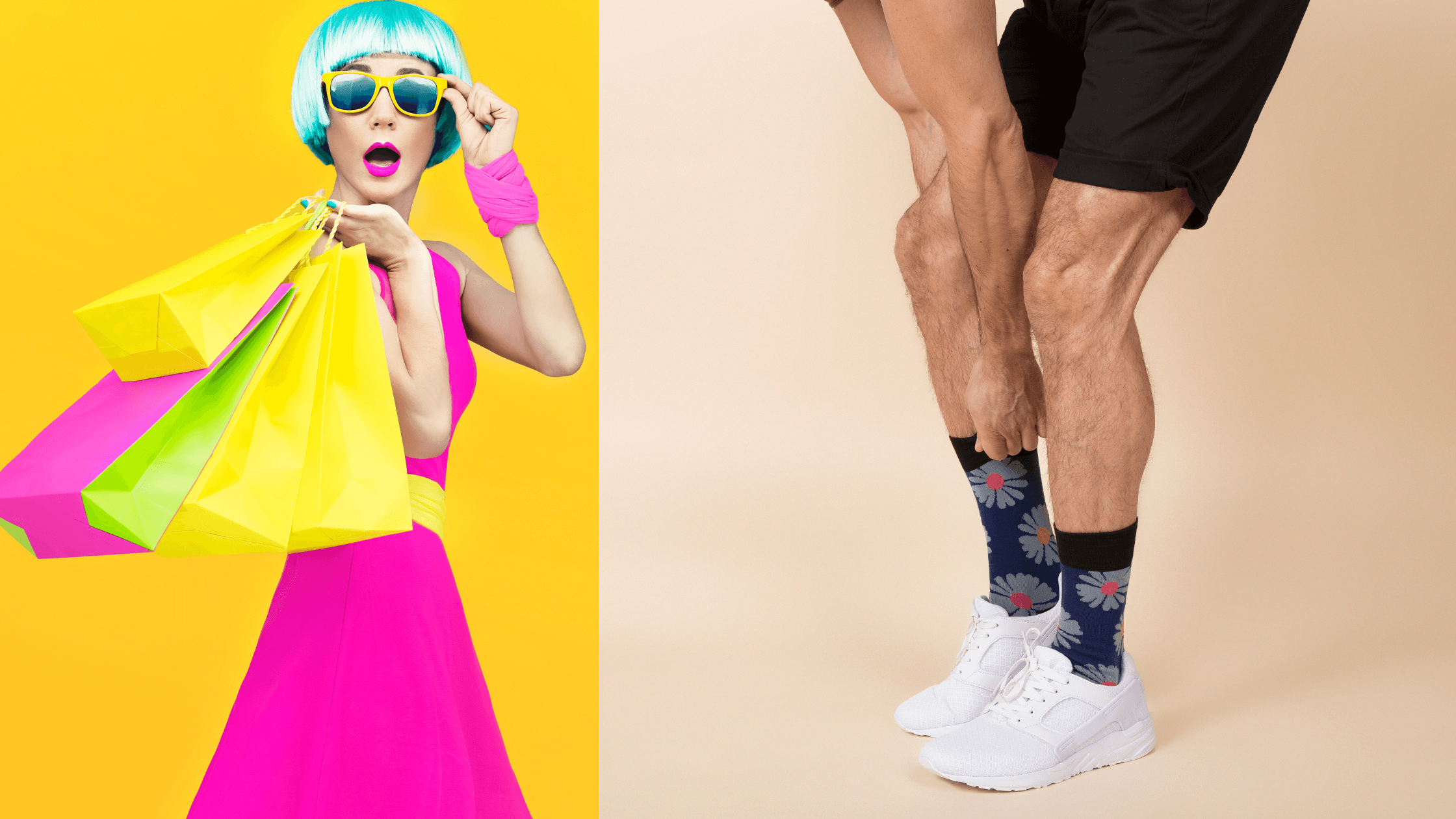





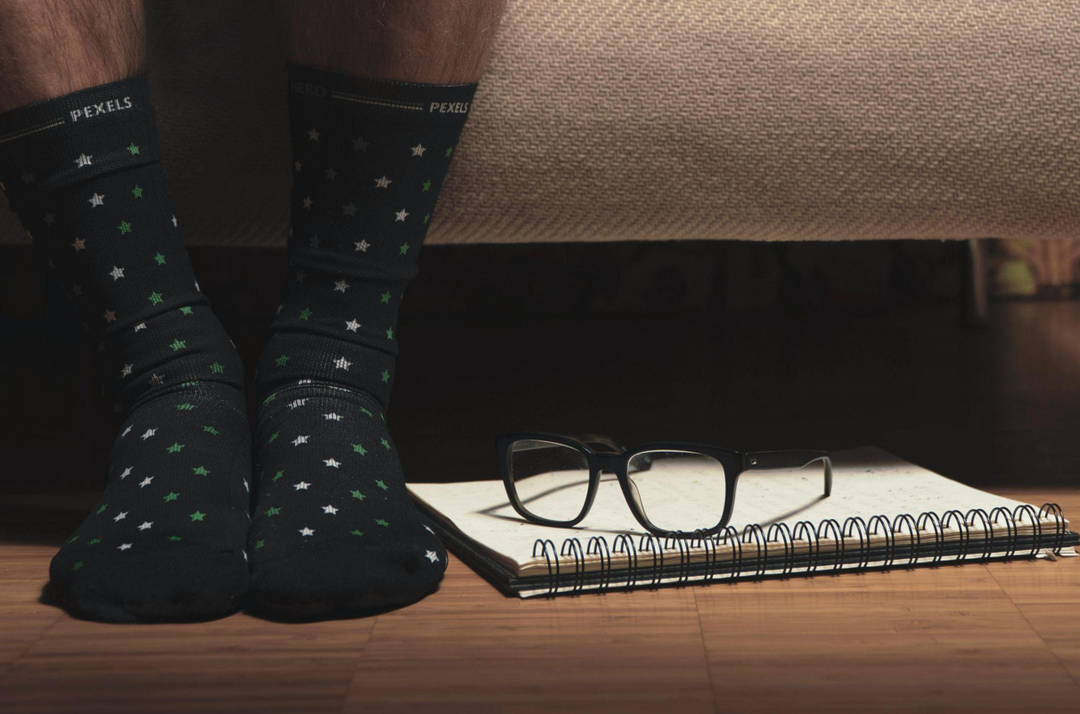
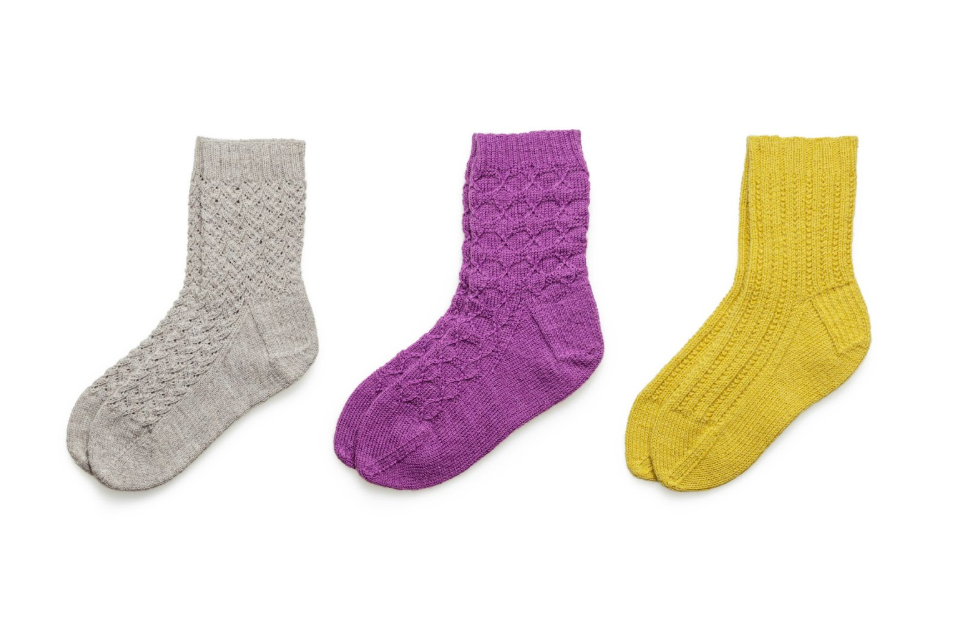
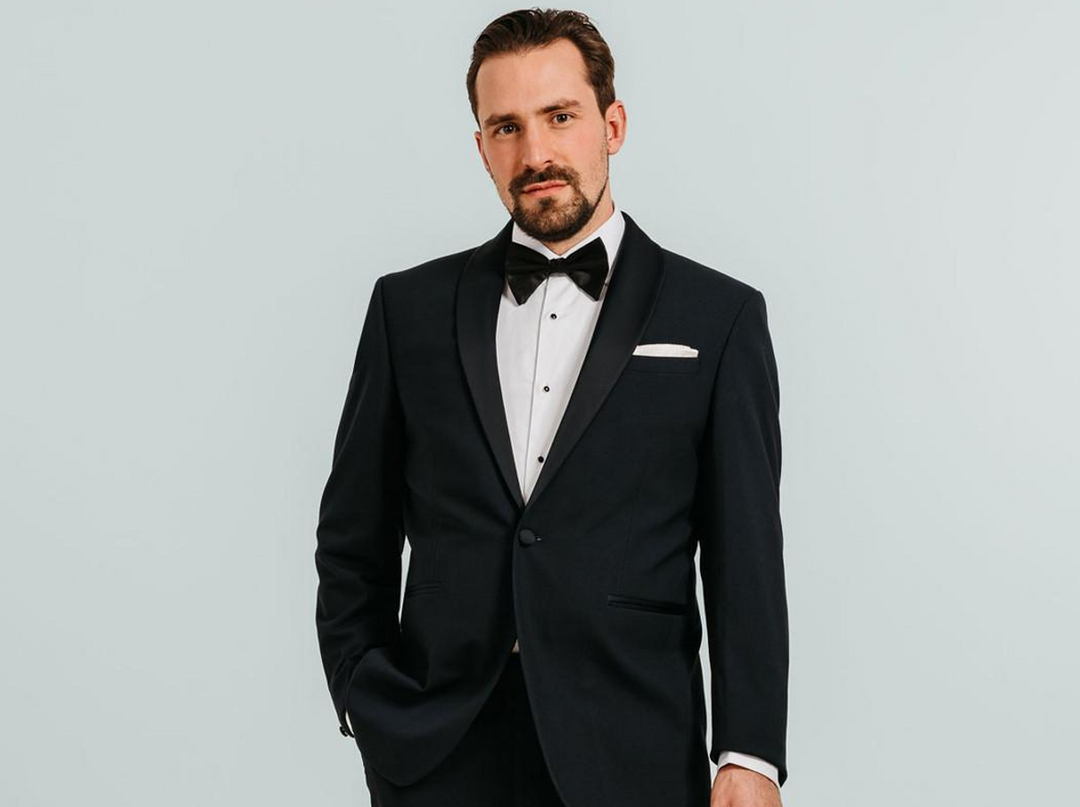
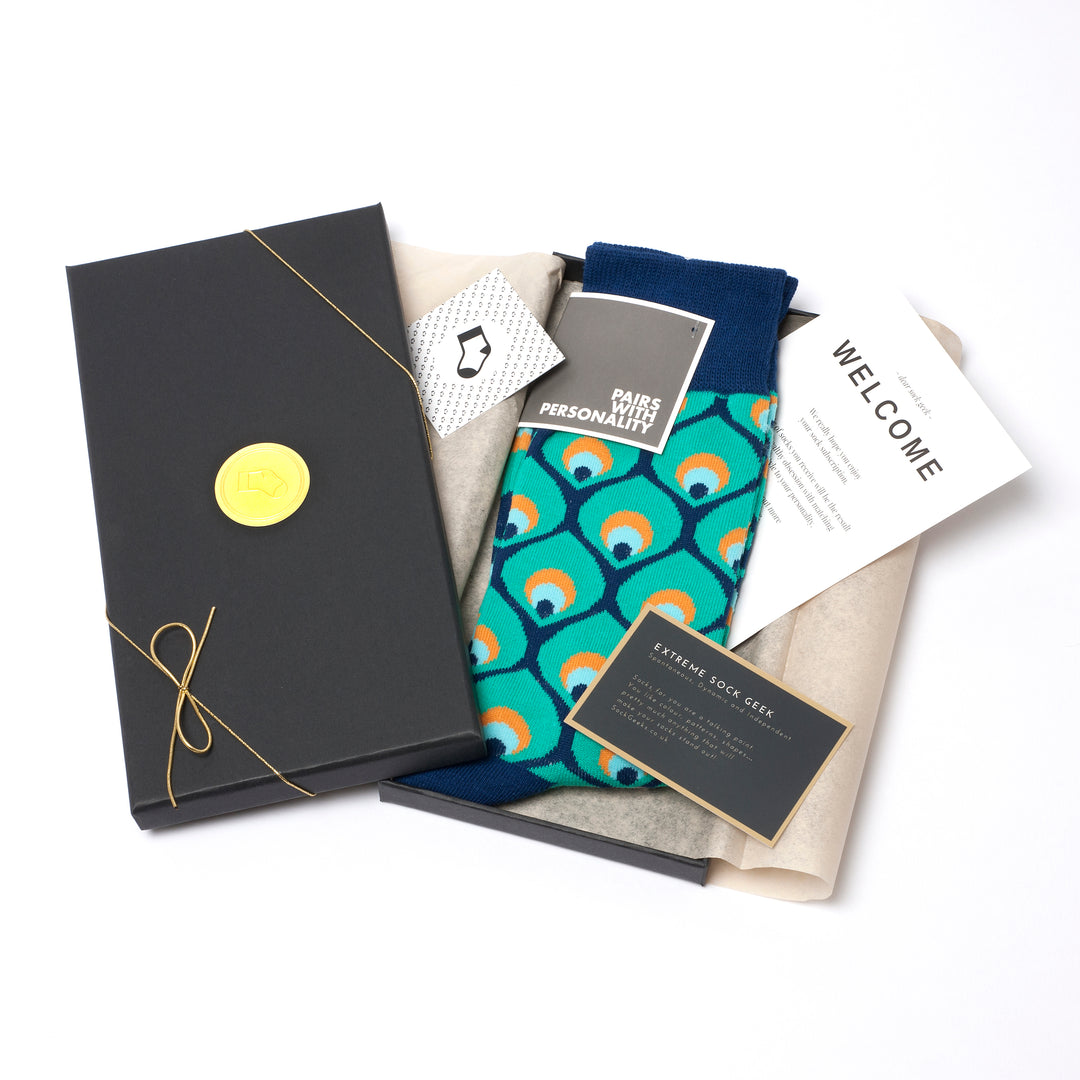
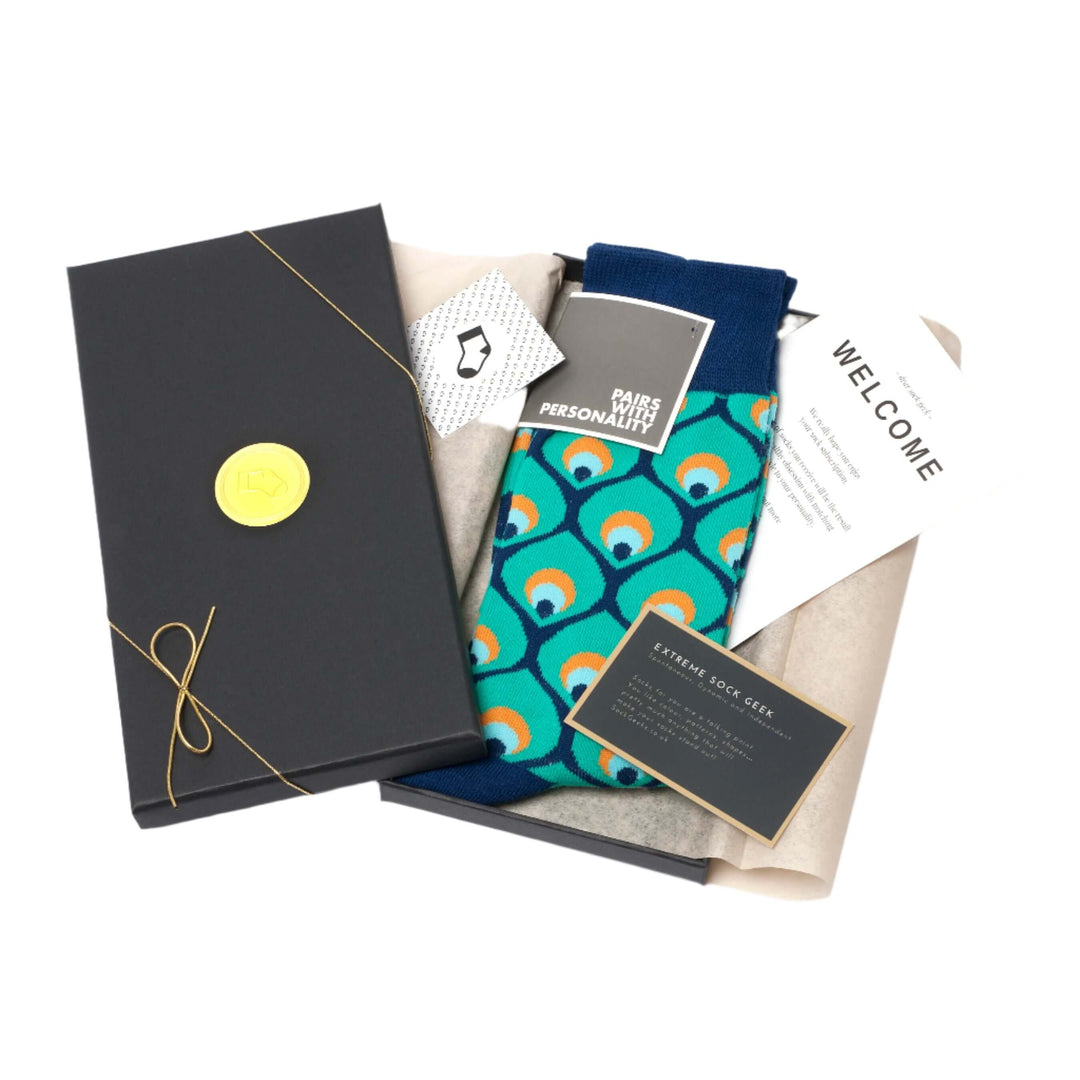
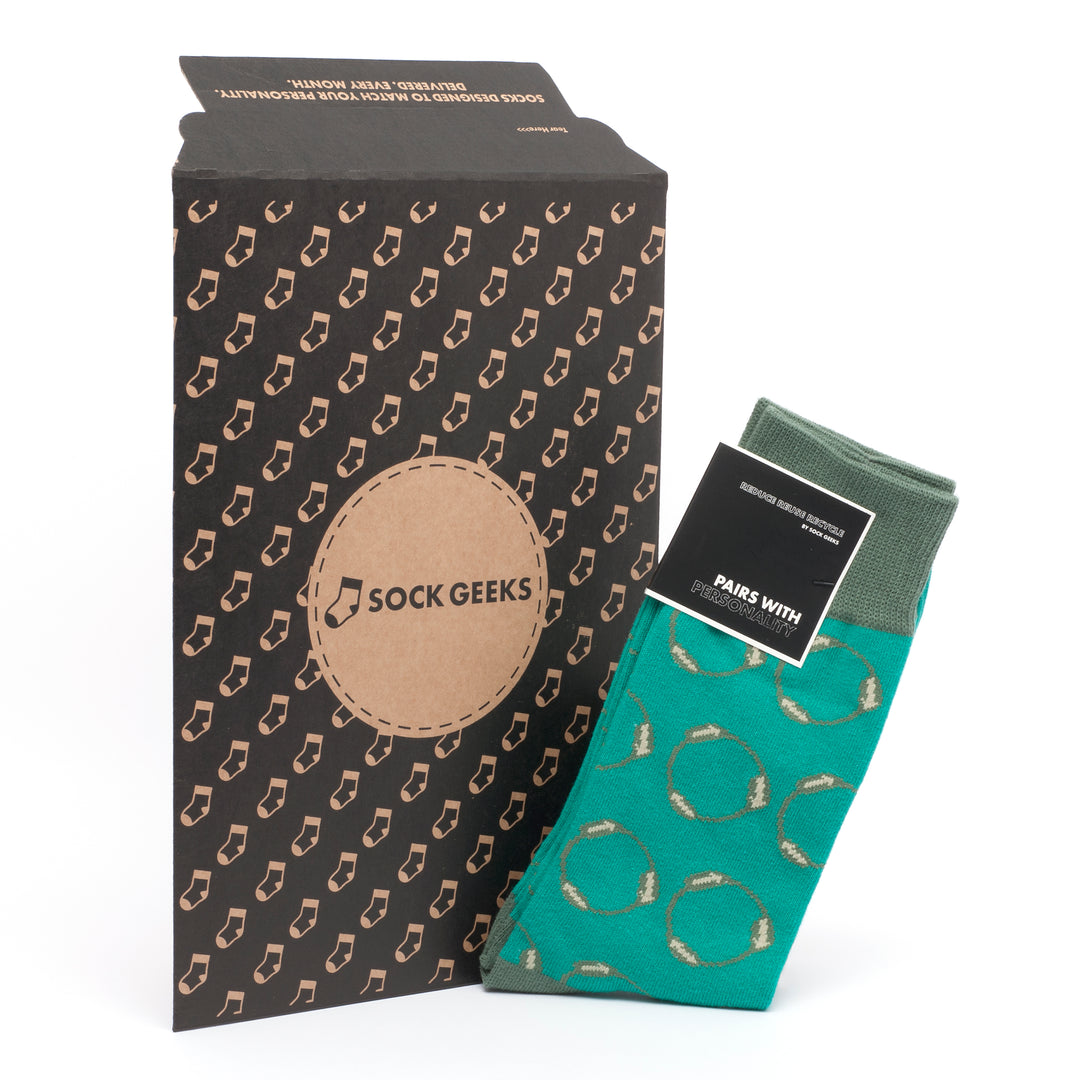
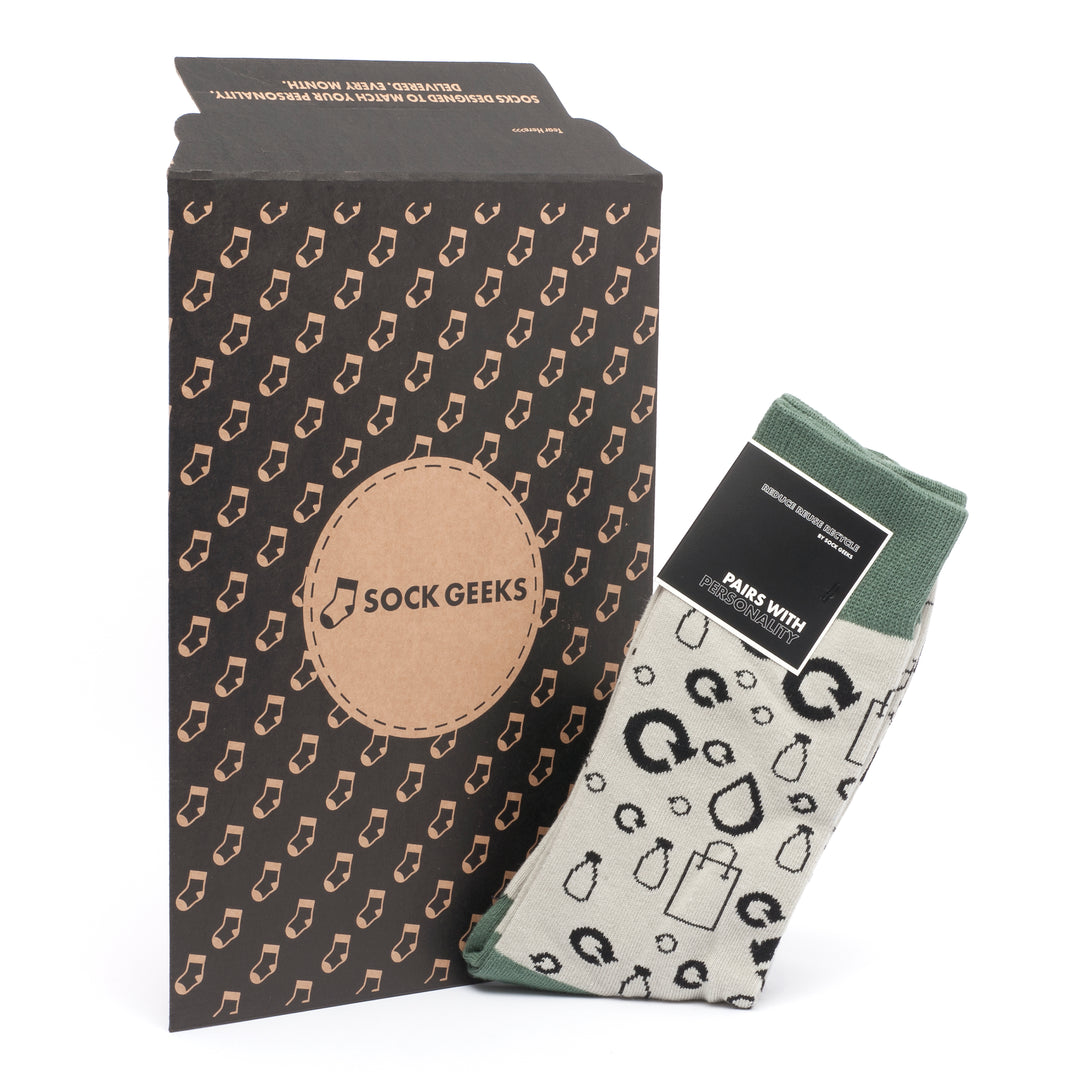



Leave a comment